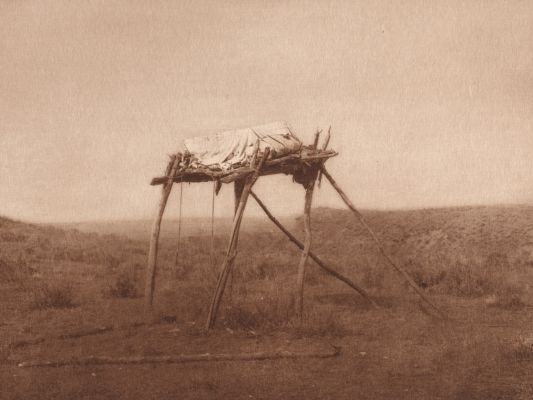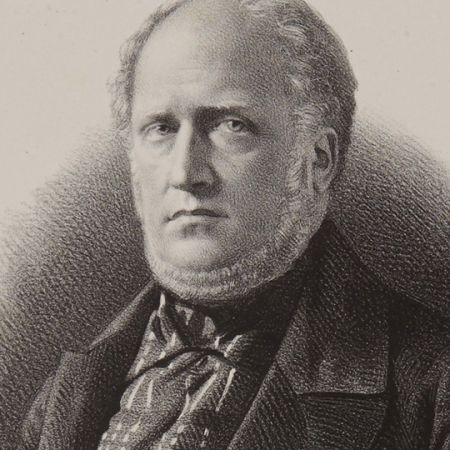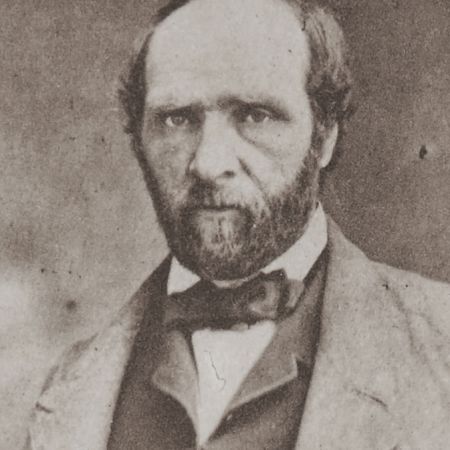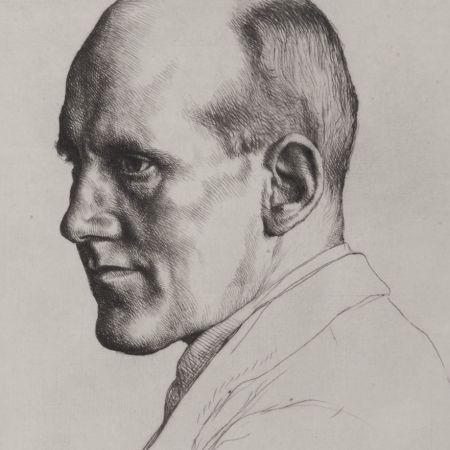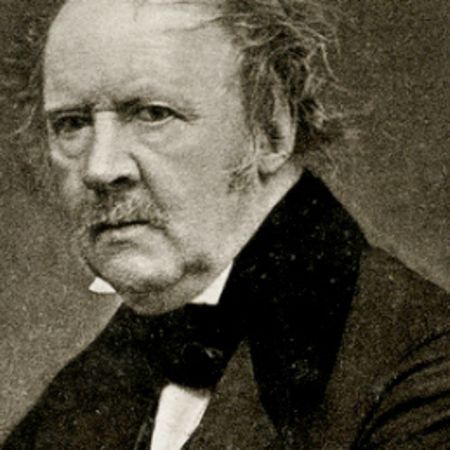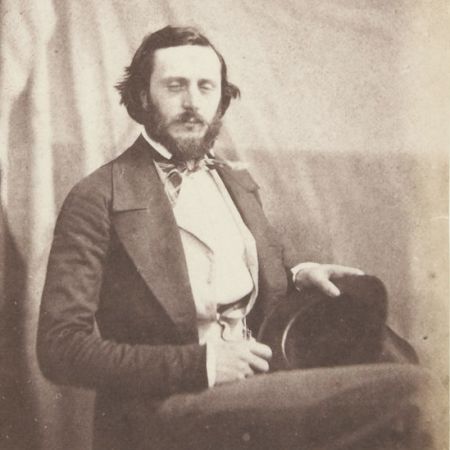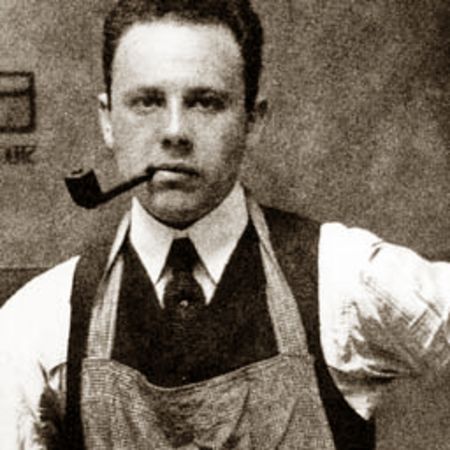Edward Curtis
American, 1868-1952
View all works on Photogravure.com
Edward Curtis used photogravure to illustrate his massive project, The North American Indian, which to this day the most exhaustive photographic study of Native American culture. Published in twenty volumes from 1907 to 1930, each set of the project included more than 2,200 photogravures, in both small and large formats.
Curtis grew up in the unbridled outdoors of Wisconsin and Minnesota in the late-nineteenth century. After moving to Seattle in the 1890s, Curtis established himself as the city’s premier society photographer. At the same time, he became interested in recording the lives of regional Native Americans. For the next thirty years, he travelled from Arizona to Missouri to Alaska, methodically photographing more than seventy-five American tribes. Curtis was acutely aware of the changes occurring in Native American culture. He saw his encyclopedic project as a means of preserving Native American history and, consequently, tended to idealize his subjects. Sometimes Curtis altered hairstyle and costumes, and was known to have removed evidence of modern life from his compositions. His finished photogravures were romantically printed in the muted tones and soft-focus effect of pictorialism, the contemporaneous movement of high-art photography.
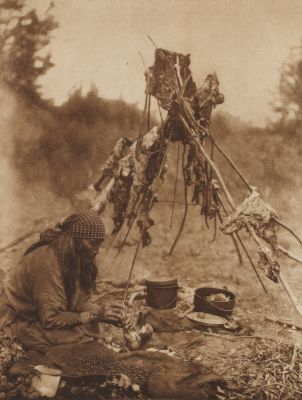
A Sarai Kitchen, 1926
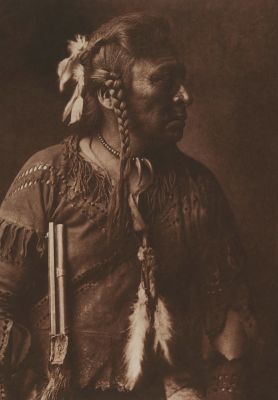
Horse Capture, 1908
Photogravures from The North American Indian are usually presented outside the context of the entire project. Curtis also recorded thousands of songs and wrote voluminously for the project to mold a comprehensive picture of the languages, populations, dress, dwellings, foods, arts, games, politics, ceremonies, and biographies of his subjects. J. P. Morgan initially financed the series, which included a foreword by President Theodore Roosevelt. Although Curtis had planned a full edition of five hundred copies, fewer than three-hundred were realized.

